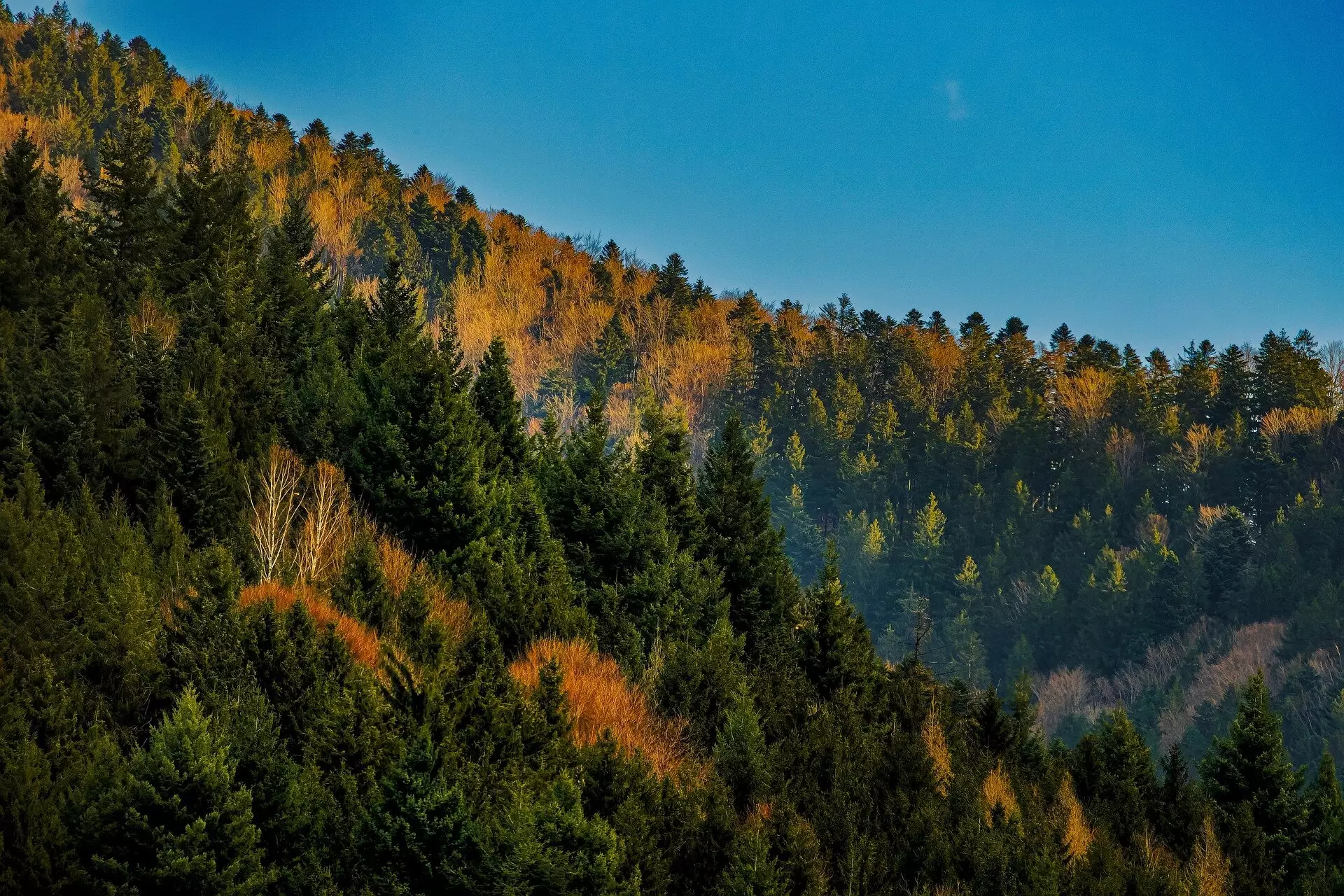The Earth’s climate has been relatively stable for hundreds of millions of years, with the average surface temperature varying only by about 20 degrees Celsius. This stability is crucial for the existence of life on our planet and is maintained by a natural ‘thermostat’ mechanism that regulates the concentration of atmospheric carbon dioxide over geological timescales. One of the key components of this ‘thermostat’ is the erosion and weathering of rocks, which play a significant role in influencing global temperatures.
Recent research led by geologists Aaron Bufe and Niels Hovius has shed new light on the influence of erosion and weathering processes on atmospheric carbon dioxide levels. The team’s study focused on how different types of weathering reactions affect the removal or release of carbon from the atmosphere. Surprisingly, the researchers found that the highest CO2 capture through weathering occurs in low-relief mountain ranges with moderate erosion rates, rather than in areas with faster erosion rates.
When rocks are exposed to water and wind, weathering reactions occur, leading to the removal or release of carbon from the atmosphere. Silicate weathering, which removes carbon dioxide from the atmosphere and precipitates it as calcium carbonate, is a crucial process that helps regulate global temperatures. On the other hand, weathering of other minerals, such as carbonates and sulfides, or organic carbon contained in rocks, can release CO2 back into the atmosphere. These reactions are often faster than silicate weathering, making the carbon cycle a complex system influenced by various factors.
By using a weathering model to analyze fluxes of different types of weathering reactions in various study regions, such as Taiwan and New Zealand, the researchers uncovered some key insights. They found that CO2 capture from weathering peaks at an erosion rate of around 0.1 millimeters per year, indicating a non-linear relationship between erosion rates and CO2 fluxes. In areas with very high erosion rates, such as Taiwan and the Himalayas, weathering can actually become a source of CO2, as silicate weathering reaches a plateau while the weathering of carbonates and sulfides continues to increase.
The study highlights the importance of considering erosion rates in understanding the Earth’s carbon cycle and climate system. Low-relief mountain ranges with moderate erosion rates, such as the Black Forest or the Oregon Coast Range, are identified as significant CO2 sinks due to the efficient weathering of silicate minerals in these areas. This research suggests that over geological timescales, the global distribution of erosion rates plays a crucial role in determining the temperature to which Earth’s ‘thermostat’ is set.
Looking ahead, further studies should explore the effects of organic carbon sinks and weathering in floodplains to gain a more comprehensive understanding of the impact of erosion on Earth’s climate system. By integrating these additional factors into climate models, scientists can improve their predictions of how changes in erosion rates and weathering processes may influence global temperatures in the future.


Leave a Reply